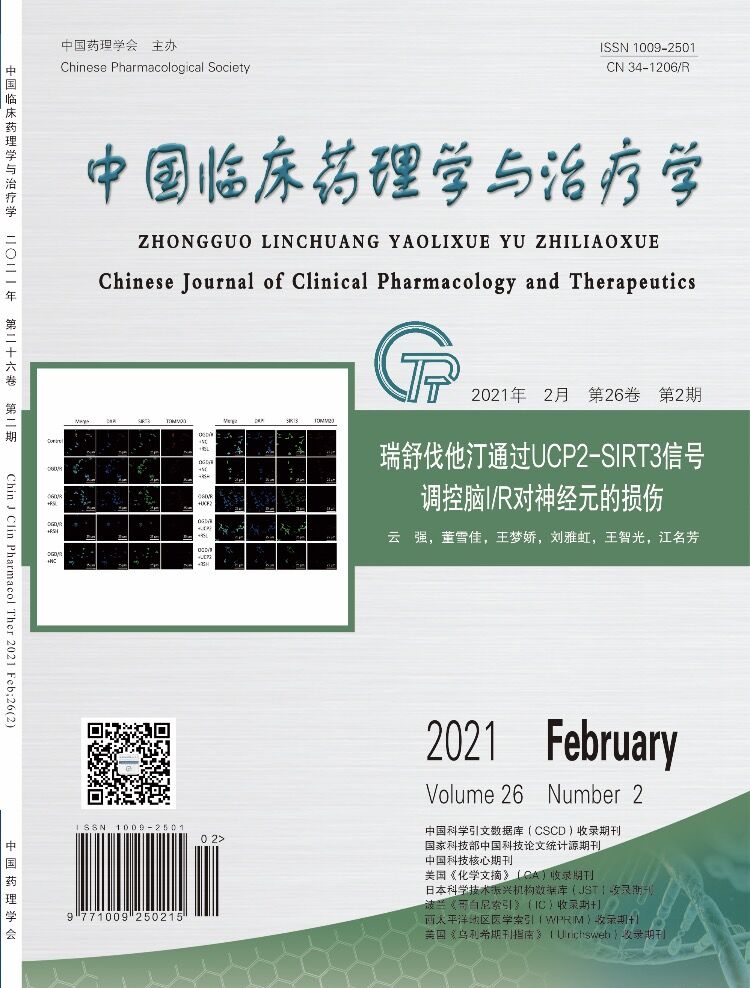Correlation between changes of intestinal flora in children with Kawasaki disease and the levels of specific transcription factors RORγt, FOXP3 and T lymphocyte subsets
XUAN Miaoyan, XU Zhen
2021, 26(2):
154-160.
doi:10.12092/j.issn.1009-2501.2021.02.005
 Asbtract
(
375 )
Asbtract
(
375 )
 PDF (837KB)
(
169
)
Related Articles |
Metrics
PDF (837KB)
(
169
)
Related Articles |
Metrics
AIM: To explore the relationship between the changes of intestinal flora in children with Kawasaki disease (KD) and the specific transcription factor Rar related orphan receptor γt (RORγt), Fork head box P3 (FOXP3), and T lymphocyte subsets. METHODS: A total of 110 children with KD in our hospital from January 2018 to June 2020 were selected and divided into simple KD group (68 cases) and KD co-infection group (42 cases) according to whether they were co-infected, and 42 healthy children during the same period were selected as the control group. The changes of the three groups of intestinal flora, RORγt, FOXP3, and T lymphocyte subsets were compared, and the relationship between the intestinal flora, RORγt, FOXP3, T lymphocyte subsets and KD co-infection was analyzed. Pearson correlation was used to analyze the correlation between the intestinal flora and RORγt, FOXP3, and T lymphocyte subsets.The receiver operating characteristic (ROC) curve and the area under the ROC curve (AUC) were used to evaluate the predictive value of intestinal flora, RORγt, FOXP3, and T lymphocyte subsets for KD co-infection. RESULTS: Lactobacillus, Veillonococcus, Clostridium, FOXP3, CD3+, CD4+/CD8+ in the KD co-infection group were lower than those in the simple KD group and the control group, the simple KD group was lower than the control group. The Bacteroides, Enterococcus, Parabacter, and RORγt were higher than the simple KD group and the control group, and the simple KD group was higher than the control group (P<0.05). Logistic regression analysis showed that Lactobacillus, Veillonococcus, Clostridium, RORγt, FOXP3, CD3+, CD4+/CD8+ were important protective factors for KD and KD co-infection, Bacteroides, Enterococcus, and Parabacter were important risk factors for KD and KD co-infection (P<0.05). Pearson correlation analysis showed that Lactobacillus, Veillonococcus and Clostridium were negatively correlated with RORγt, and positively correlated with FOXP3, CD3+, CD4+/CD8+. Bacteroides, Enterococcus, and Parabacterium were positively correlated with RORγt, and negatively correlated with FOXP3, CD3+, CD4+/CD8+ (P<0.05). The ROC curve showed that the AUC of KD co-infection predicted by the combination of intestinal flora, RORγt, FOXP3, and T lymphocyte subsets was 0.888. The 95% CI was 0.822-0.953, P<0.001, the prediction sensitivity was 76.19%, and the specificity was 89.71%, which was better than the single prediction of each index. CONCLUSION: The changes of intestinal flora in children with KD are significantly related to RORγt, FOXP3, and T lymphocyte subsets, and are closely related to KD and KD co-infections. Combined detection can be an important means to predict infection.


